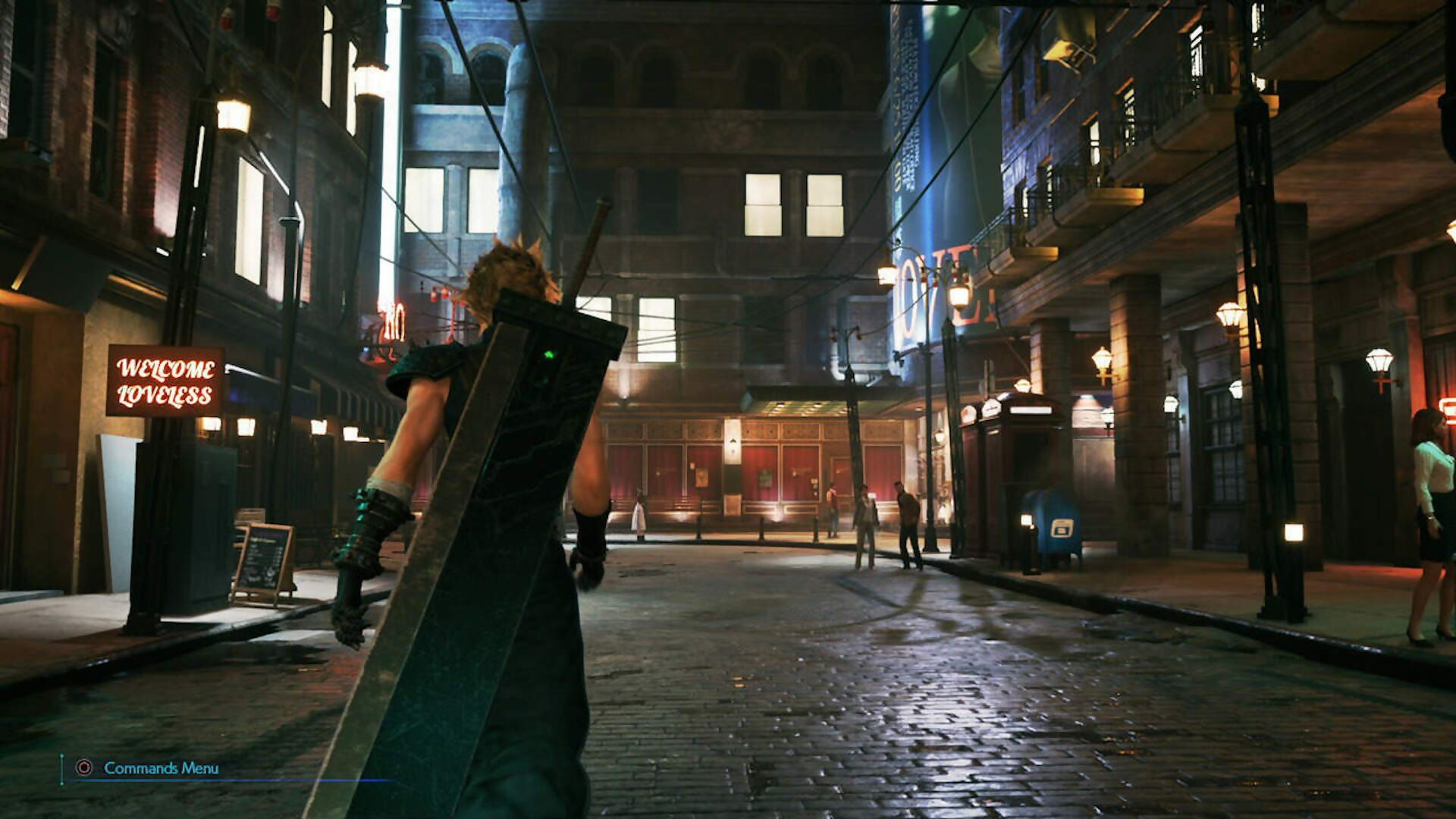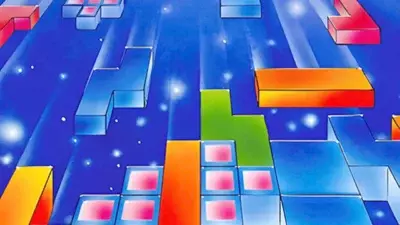
Final Fantasy VII was the first of the series to become a global phenomenon, and the only instalment I played to completion. It also introduced JRPG tropes and aesthetics to a wider western audience. And although it was the glowing reviews, stunning 3D effects, and cinematics that drew the crowds in, what’s arguably most memorable is the city of Midgar (with Cloud’s hair a close second).
This metropolis lay at the heart of the game’s outlandish plot and setting, and felt appropriately huge and intimidating. Midgar was a place that managed to define, encapsulate, and summarise a whole setting – a pithy urban symbol of FFVII’s world. That the recent FFVII remake focused even more prominently on the city was far from surprising.
So why is Midgar so memorable? What made it a successful game city? Why is it still loved, and considered fascinating? Unsurprisingly, a straightforward answer that applies to the design of all imaginary cities simply doesn’t exist. Midgar’s appeal is partly because it exists within an excellent – if not groundbreaking – game. The clever combat system, the minigames, the characters, the visual style, the sense of cohesion and in-world realism, the brilliantly framed shots, and even the soundtrack play an important role in our overall perception of the city, as they support it, flavour it, and help it shine.
Midgar itself masterfully combines granularity with an epic scale. It manages to conjure a sense of spectacular size, and imbue it with the detailed, dense familiarity of the local as expressed on the neighbourhood level. To achieve this, the city had to, first of all, be legible – spatially, sociologically, and ideologically. Initially shown off as a whole from afar and in its entirety, and then experienced locally; or, in actual game terms, introduced via a breathtaking cutscene to make its size and complexity felt, before zooming in on a specific building and its immediate environs to start the game proper.

There’s an excellent look at how Square Enix rebuilt Midgar for the Final Fantasy VII Remake over at the studio’s website.
Being easy to grasp and to mentally map, and so ensuring that players effortlessly understand its topologies and structure, is important in maintaining the illusion of a cohesive and convincing space. It’s a city defined by the themes of oppression and hope, built around extreme class division, ecological disaster, and corporate power, and enriched by the presence of magic and strong surrealist touches.
Midgar is so legible that its structure can be described in a few sentences: it’s a city of two tiers with strong internal and external boundaries. The upper circular tier, the plate, often likened to a pizza, stands directly above the slums of the poor, and is where the rich live. It’s subdivided into eight sectors, each bookended by Mako Reactors at the plate’s rim, while the defining Shinra headquarters edifice stands at the circle’s centre. The slums below are also divided into eight respective sectors.

The pizza-like structure of the plate, and the centrality of the Shinra headquarters, define Midgar’s form.
As for Shinra’s HQ, it’s emphatically out of scale, and gives the city its ideological and political tone. It also serves as an important gameplay location; the political and structural tension between the plate and the slums is incorporated into the plot, too, as the developers weren’t afraid to treat their city in a dynamic fashion and collapse part of the plate.
With its easy-to-grasp civic form, FFVII paints a lasting picture of an ever-present urban whole in players’ minds, and is then free to let them explore selected locations within it. With the fundamentals of the geography in place, players are then showered with all the detail we’d expect in such a complex urban centre. Lively, intricately designed, interaction-rich sub-areas are eventually opened up for exploration.
The way the game chooses to focus on the neighbourhood level to create a sense of detail is a brilliant design choice. In the cities we experience as residents in real life (and not, say, as tourists), we get to know our surroundings on this exact level. We form our everyday relations and sense of civic reality in small, dense chunks of the urban fabric we can intimately explore. What’s more, we also know how to move between different chunks of this sort, and effectively connect them to create our own, personal versions of civic space. Interestingly, FFVII seems to take this tendency of ours into account too, since it presents us with interconnected and appropriately varied locales.

The Mako Reactors – located between sectors – help with the world-building, are narratively important, and also function as recognisable landmarks.
Variety is itself a quality we expect to find in large metropolitan areas, and the designers’ choices in this regard will shape players’ experiences. Midgar imaginatively curates its showcased spaces, and takes players from train graveyards, humble homes, and slums to lush gardens, red-light districts, abandoned cathedrals, and corporate plazas, implying everything else in between. These are all locations with distinct personalities, and can be mentally placed on the city’s map as they’re visited. The plate embodies the city’s main social and spatial dichotomy, so we instantly know that affluent surroundings place us on top of the plate, whereas the train graveyard scene could only take place below it.
Finally, it’s worth noting that the game’s prerendered backgrounds, a technical necessity for the era, were a limitation the dev team masterfully embraced. It allowed them to frame their scenes, imply more with less, and choose more cinematic angles, while also hiding structural contradictions via careful shots.

The iconic Shinra Building finds itself both at the core of the game’s urban environment and its plot.
Civic Characters
Spiky-haired urban guerilla Cloud, the homeless of the Sector 7 slums, Aerith tenderly caring for a flower patch, and even local slumlords, are all characters that both fit in and characterise their environment. They’re shaped and, in turn, shape the city they live in, and elegantly fit in, both narratively and stylistically. The characters of Midgar are believable and breathe life into the place exactly due to simultaneously being the city’s mirrors and defining actors.





